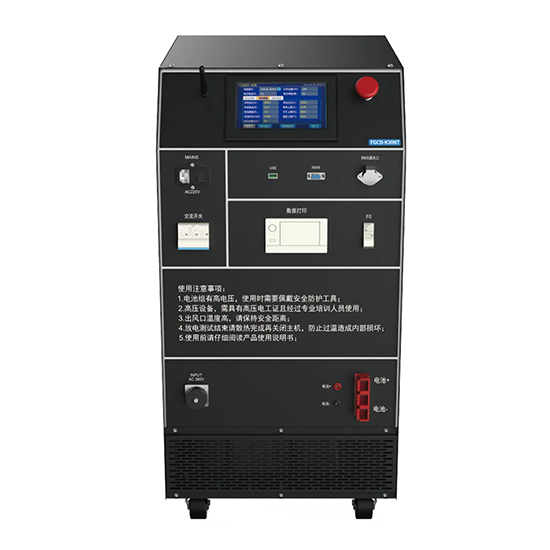
# Battery Discharge Tester: Essential Tool for Safe and Efficient Battery Management
## Understanding Battery Discharge Testers
A battery discharge tester is a crucial device for anyone working with batteries, whether in professional or personal settings. These testers measure a battery’s capacity by discharging it under controlled conditions, providing valuable data about the battery’s health and performance.
## Why Battery Discharge Testing Matters
Regular discharge testing offers several important benefits:
– Identifies weak or failing batteries before they cause problems
– Helps maintain optimal battery performance
– Extends overall battery lifespan
– Provides accurate capacity measurements
– Ensures reliable power when needed most
## Key Features of Quality Battery Dischargers
When selecting a battery discharge tester, look for these essential features:
### 1. Adjustable Discharge Rates
Quality testers allow you to set different discharge rates to simulate various usage scenarios.
### 2. Temperature Monitoring
Built-in temperature sensors help prevent overheating during testing.
### 3. Data Logging Capabilities
Advanced models record test results for analysis and comparison over time.
### 4. Multiple Battery Compatibility
Look for testers that work with various battery types (Li-ion, NiMH, lead-acid, etc.).
## How to Perform a Proper Discharge Test
Follow these steps for accurate results:
– Fully charge the battery before testing
– Connect the battery to the discharge tester
– Set appropriate discharge parameters
– Monitor the test progress
– Record the final capacity measurement
– Analyze the results against manufacturer specifications
## Safety Considerations
Always prioritize safety when using battery discharge testers:
– Work in well-ventilated areas
– Never leave tests unattended
– Use appropriate personal protective equipment
– Follow manufacturer guidelines for maximum discharge rates
– Monitor battery temperature throughout the test
## Choosing the Right Discharge Tester for Your Needs
Consider these factors when selecting a tester:
– Your typical battery types and sizes
– Required discharge current range
– Desired data recording capabilities
– Budget constraints
– Portability needs
## Maintenance and Calibration
To ensure accurate results:
– Regularly calibrate your discharge tester
– Keep connections clean and corrosion-free
– Store the device in a dry, temperature-controlled environment
– Follow manufacturer maintenance recommendations
## Applications Across Industries
Battery discharge testers serve critical roles in:
– Automotive maintenance and repair
– Renewable energy systems
– Medical equipment servicing
– Aerospace and defense applications
– Consumer electronics repair
## The Future of Battery Testing Technology
Emerging trends include:
– Wireless monitoring capabilities
– Integration with battery management systems
– AI-powered predictive analytics
– More compact and portable designs
– Enhanced safety features
By investing in a quality battery discharge tester and using it properly, you can significantly improve your battery maintenance practices, reduce unexpected failures, and optimize your energy storage solutions.
Keyword: Battery Discharger
